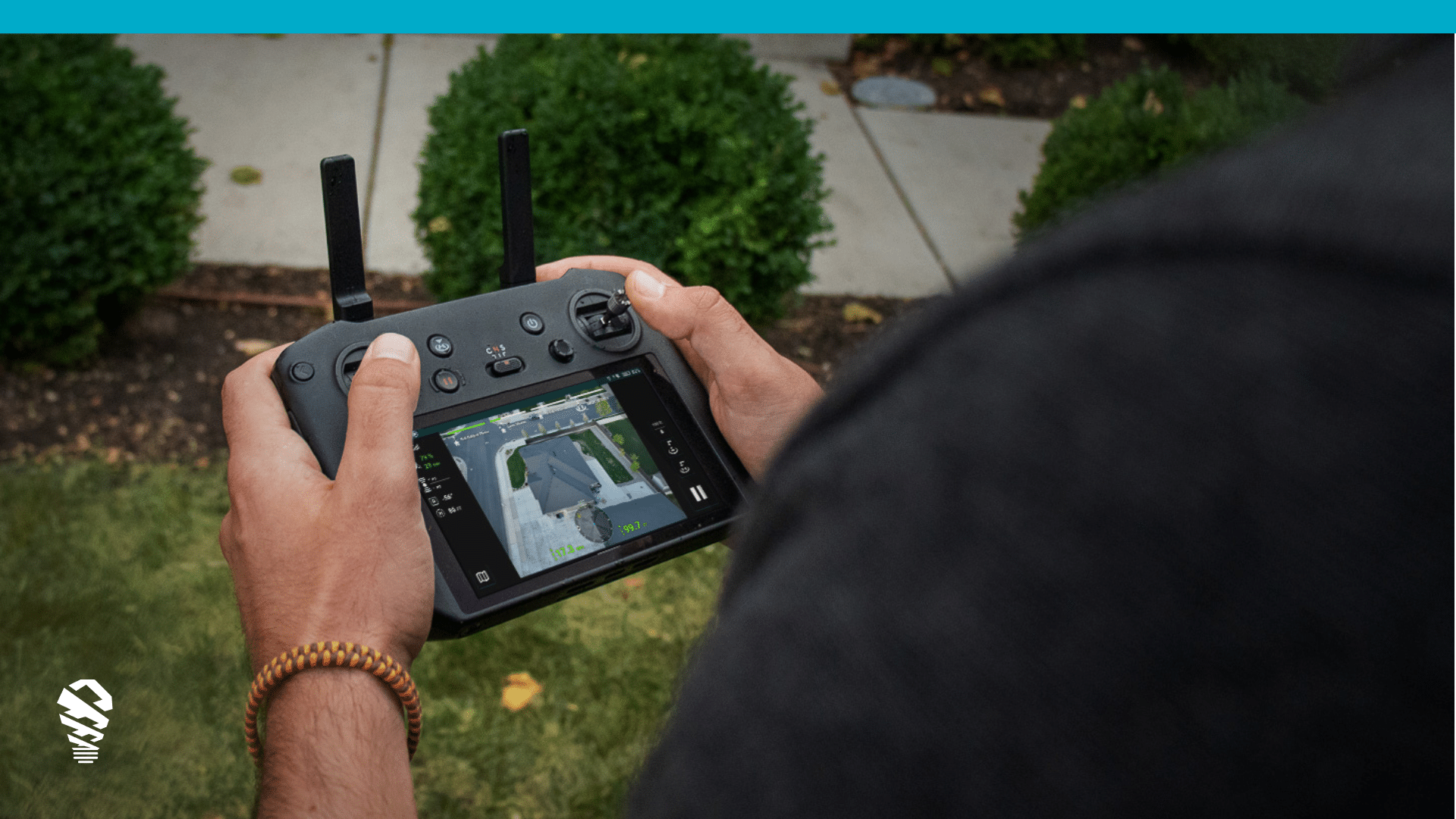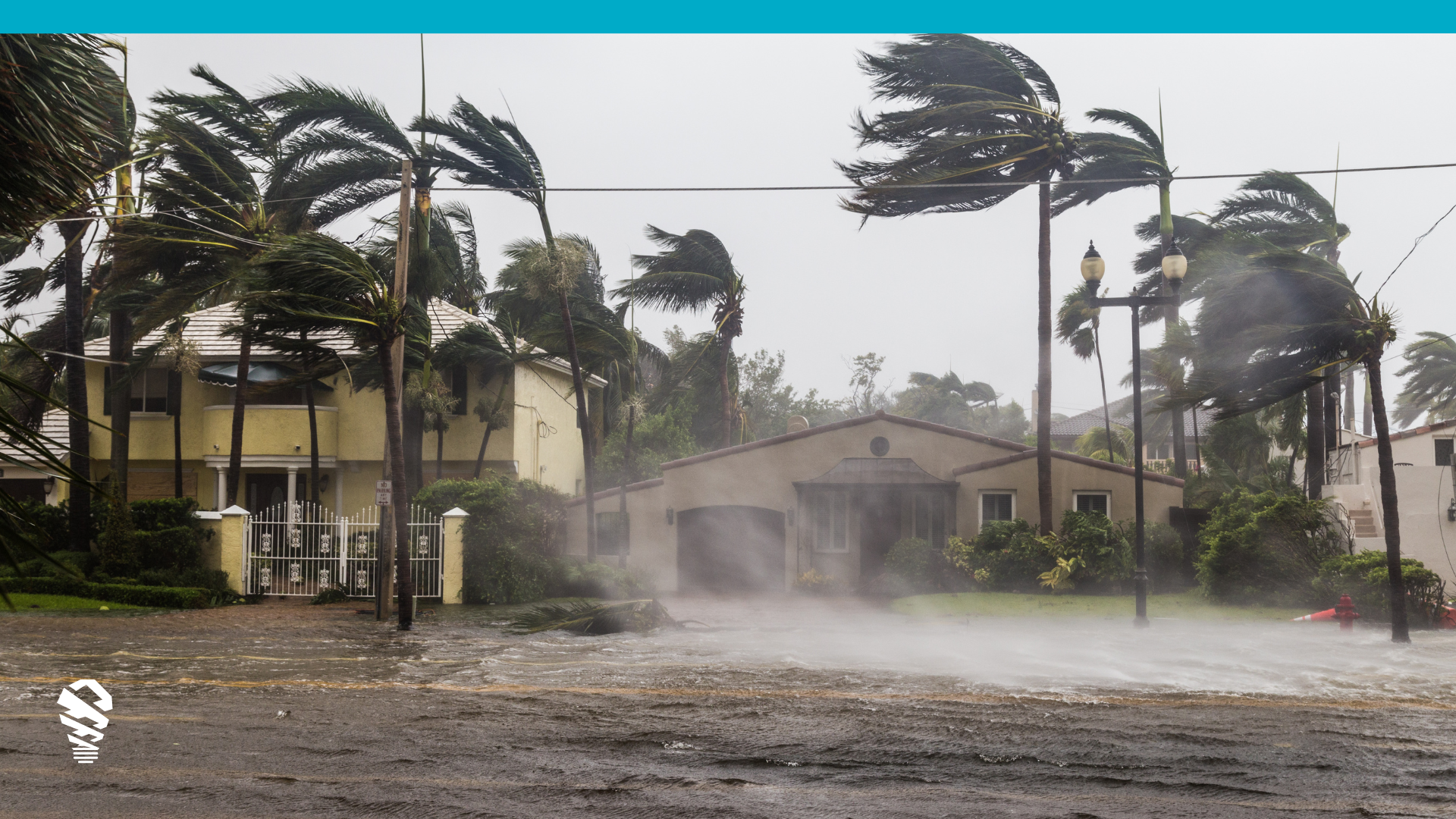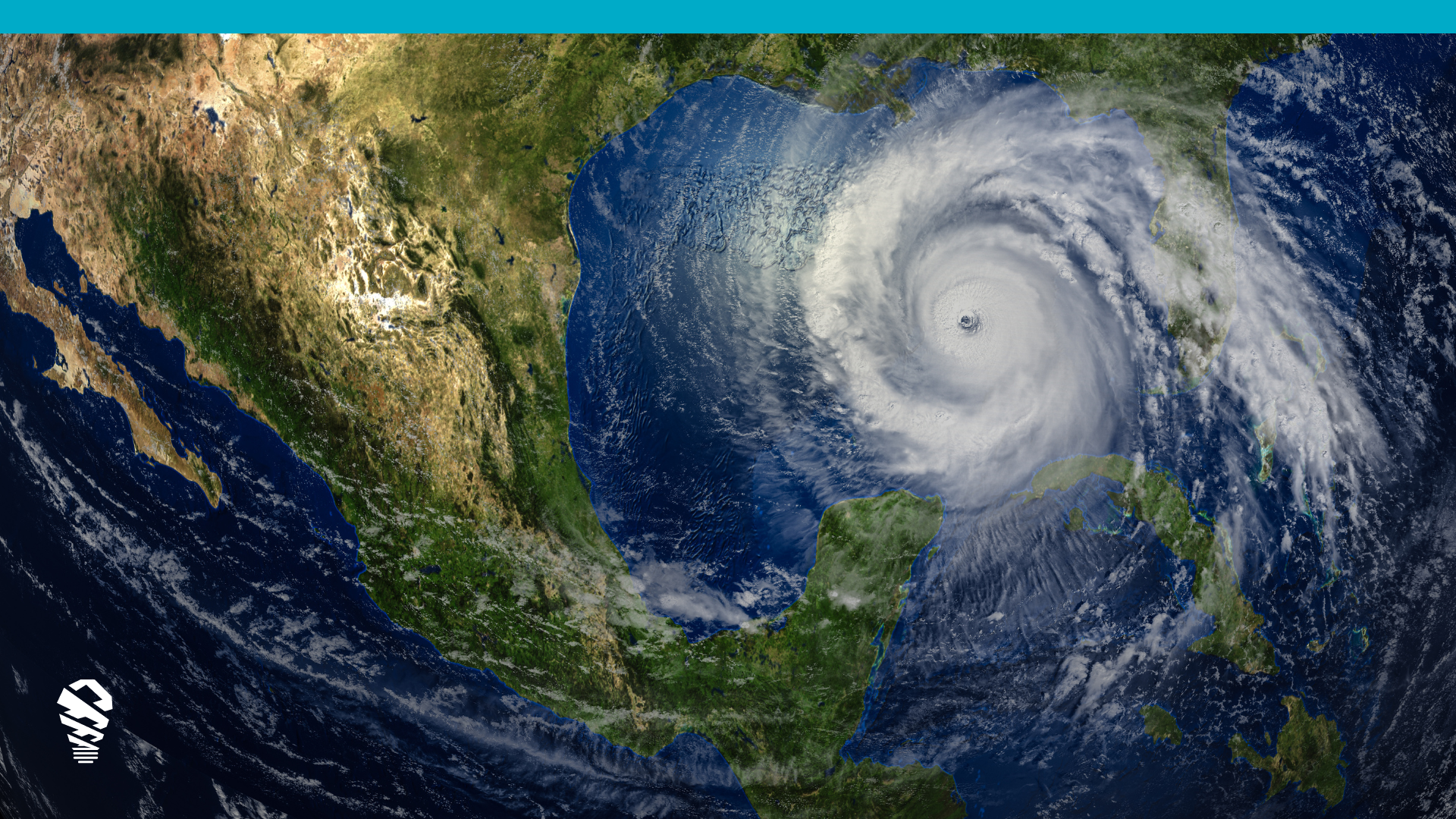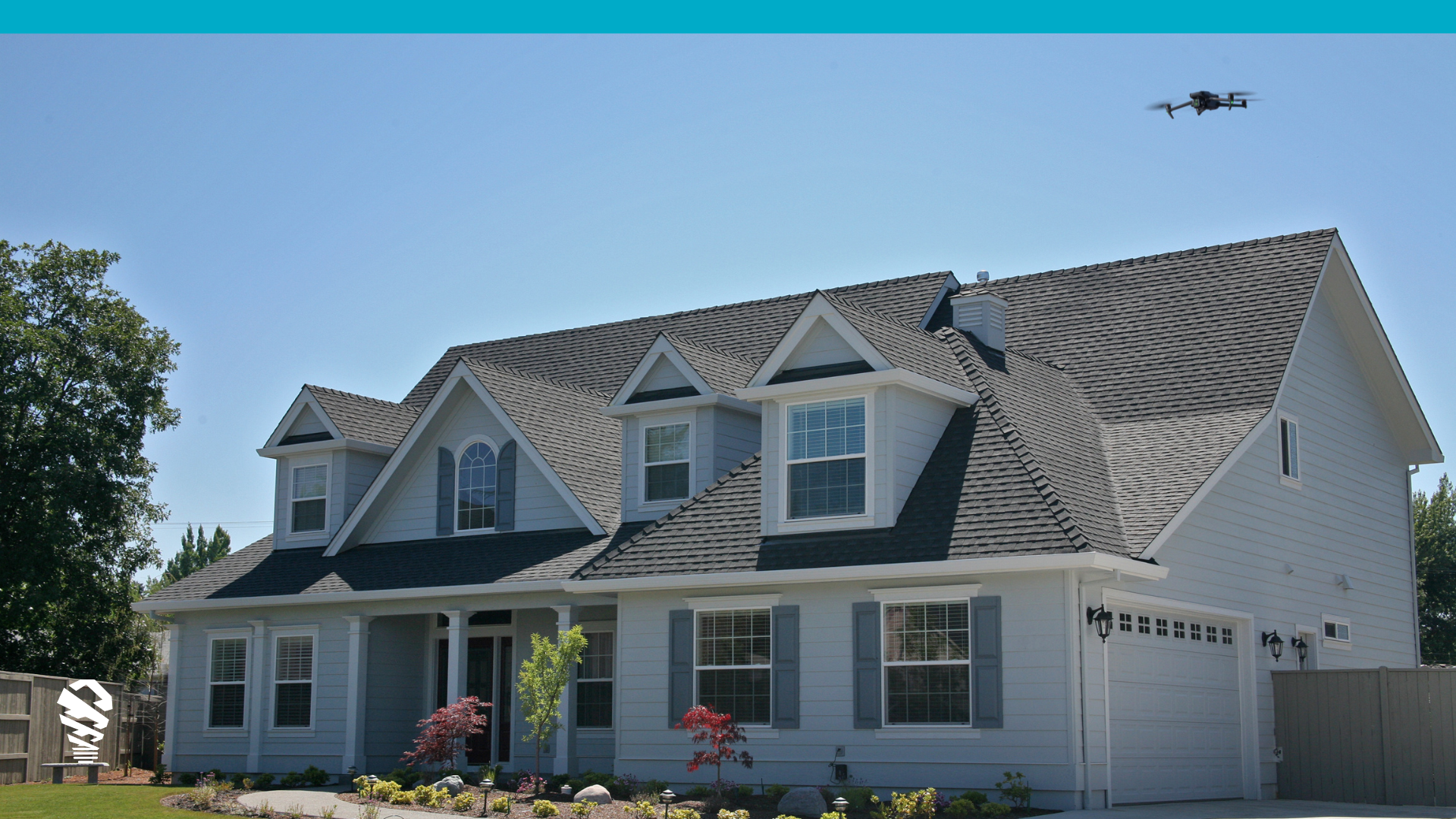There are currently hundreds of thousands of open insurance claims due to hurricanes in Texas and Florida. Field adjusters, underwriters, contractors and insurance pros at all levels are working to the bone to get people’s homes (and lives) back together. Any time large natural disasters like these happen, thousands of people are stretched to their max to help homeowners, and there’s little relief using traditional methods of inspections. In these cases, drones can be a major boon to insurance, but only if carriers and independent adjusters can rollout a drone solution at a large scale.
In this series, we’ll talk about what it takes to make that happen.
Why You Might Need a Fleet
It’s true that one drone can speed up inspections for a single adjuster, but to tackle a mass influx of claims, you need to get hundreds of drones in the sky quickly. Large disasters can happen unpredictably and when they do, you need to ramp up operations and do it fast. With a scalable drone solution, you can get thousands of field adjusters up, in the air, and speeding up inspections. If one inspector can get five to ten times the daily inspections using a drone, imagine what that means for an entire fleet of field adjusters and what their increased speed means for helping homeowners. The trouble is, not all solutions are made for mass rollout, so before you can talk about how to roll out, you need to find out if a solution you’re evaluating can scale up at all.
Finding a Solution that Scales
There are a few different drone inspection solutions, but you need a solution that makes everything (we mean everything) easy. If the solution saves you time on inspections but you lose time trying to manage the solution itself, what’s the point? Here are the key things to look for when evaluating whether a drone solution can rise to fit mass demand.
Affordability
Some drone inspection solutions cost as much as $50K for a single drone. Now imagine that cost times the thousands of field adjusters hoping to use them. Affordable drones are the only option when it comes to scaling drone operations, but affordable must be complemented by high quality hardware and software.
Quality
For drones, there are plenty of affordable options with incredible flight controls and image-quality to offer consistent inspections time and again. Make sure any solution you roll out can stand up to the task of handling dozens and dozens of inspections in a variety of circumstances. Not all can, and some are way overbuilt for what you need to get done. Remember, overbuilt often means overpriced.
Manageability
Make sure any solution you consider gives you the tools you need to manage dozens or hundreds of drones remotely. It should give you a way to assign and organize inspection jobs for field adjusters, keep track of maintenance records, and automatically log flights as required by the FAA. Many solutions don’t have this functionality built in, and if you have to resort to a spreadsheet to keep track of everything, your new tool just gave you more to do – not less.
Ease of Use
Field adjusters under pressure don’t have time to spend learning a complex tool. They need something they can put to work right out of the box. Intuitive flight planning tools and autonomous flight technologies are just a few features to keep an eye out for. Take the time to find a solution that’s push-button simple so you can be sure rollout is as easy as getting a kit to adjusters.
Ease of Testing
Related to ease of use is ease of testing. As we’ll explore in part 2, part of a successful large-scale drone deployment is developing a test program. If you can easily and affordably set up a drone test program on a small scale, you’ll be much more likely to have success when you expand operations.
Completeness of Solution
As you search for drone solutions, consider what’s included with the hardware. What workflow software and training resources do you need? What might make it easier for your adjusters to start flying as quickly as possible? Some solutions offer everything you need from Part 107 training to hardware, software, while others might leave things like training and certs in your court. Going with a vendor that bundles all you need together can save you time and headache so the process of getting drones in the sky is much easier – even at high volumes.
Specific Industry Focus
Lastly, some drone solutions are really mining and agricultural inspection solutions tweaked to fit the insurance industry. These typically carry a hefty price tag and while they can speed up an inspection, they might not provide the detailed imagery an adjuster needs, and may slow down your claims process if they don’t fit in with existing insurance workflows. Before you purchase, look at every drone vendor’s background and pedigree. You’ll find that some have more experience in the insurance space than others.
One of the best ways to be sure a drone solution is something you can rollout easily is to talk to the vendors themselves. Discuss with them some of the things we cover in this piece and explore with them what a large-scale rollout might look like so you can compare what the process might be like for each. This will give you an idea of what’s feasible, what’s cost prohibitive, and what just isn’t suitable for large roll out at all
While this piece covers what you look for in a drone solution, the next in this series will cover how to build a mass rollout plan so you can get hundreds or thousands of drones flying inspections quickly and effectively.
Curious about how we make large-scale drone operations easy? Take a look.








